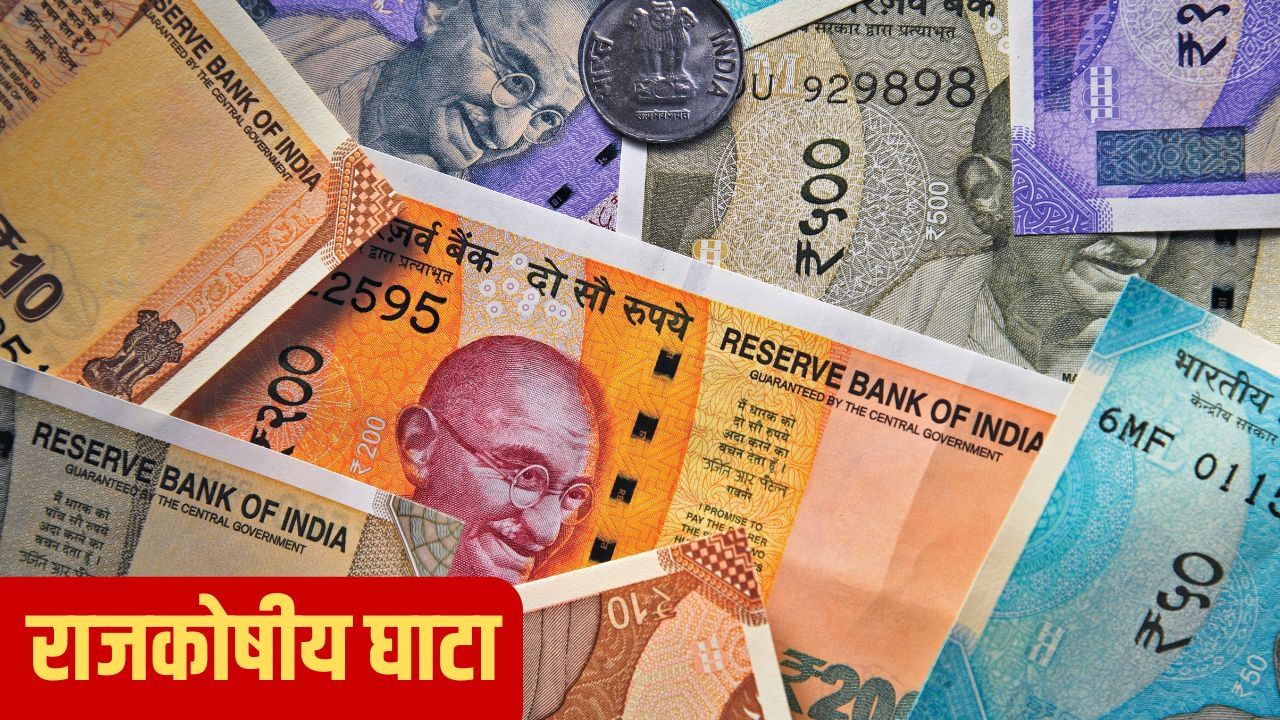fiscal deficit
At the end of the first half of the financial year 2025-26, the fiscal deficit of the Center was 36.5 percent of the target set for the entire financial year. The Controller General of Accounts (CGA) gave this information in the data released on Friday. Fiscal deficit in the first half (April-September) of the last financial year was 29 percent of the budget estimate for 2024-25. Fiscal deficit is the difference between the expenditure and revenue of the government. At current prices, the fiscal deficit of the central government in the April-September period of 2025-26 has been Rs 5,73,123 crore.
The Center estimates that the fiscal deficit during 2025-26 will be 4.4 percent of the country’s gross domestic product (GDP) i.e. Rs 15.69 lakh crore. According to CGA data, the government has received revenue of Rs 16.95 lakh crore by September 2025. Which is 49.6 percent of the total receipts estimated in the budget of 2025-26. This includes tax revenue of Rs 12.29 lakh crore, non-tax revenue of Rs 4.6 lakh crore and non-debt capital receipts of Rs 34,770 crore. According to CGA data, during this period the central government gave more than Rs 6.31 lakh crore to the state governments in the form of transfer taxes, which is Rs 86,948 crore more than the previous year.
Government spent crores
During the period under review, the central government spent a total of Rs 23 lakh crore (45.5 percent of the budget estimate 2025-26). Of the total expenditure, Rs 17.22 lakh crore was in the revenue account and Rs 5.8 lakh crore was in the capital account. According to the data, of the total revenue expenditure, Rs 5.78 lakh crore was for interest payments and Rs 2.02 lakh crore for subsidies.
Aditi Nair, chief economist at rating agency ICRA, said a 40 per cent increase in capital expenditure widened the Indian government’s fiscal deficit to Rs 5.7 lakh crore (about 37 per cent of the budget estimate) during the first half, from Rs 4.7 lakh crore in the same period a year ago. He said that at present, we expect any shortfall in tax revenue to be offset by expenditure savings and non-tax revenue receipts above budget estimates.
